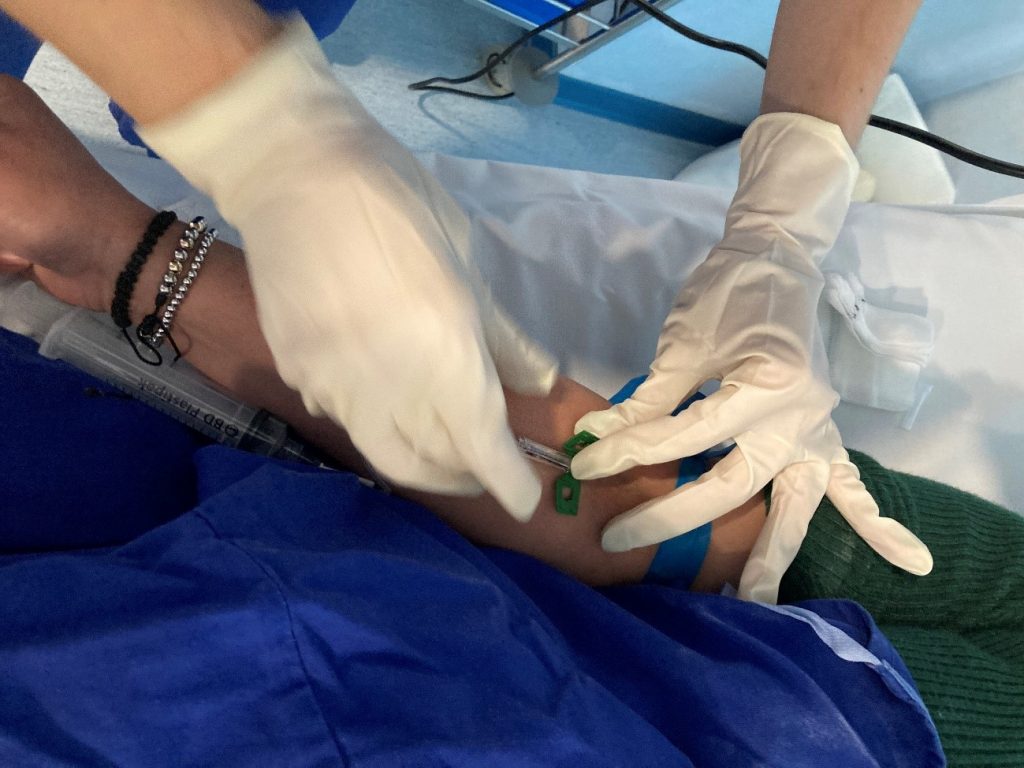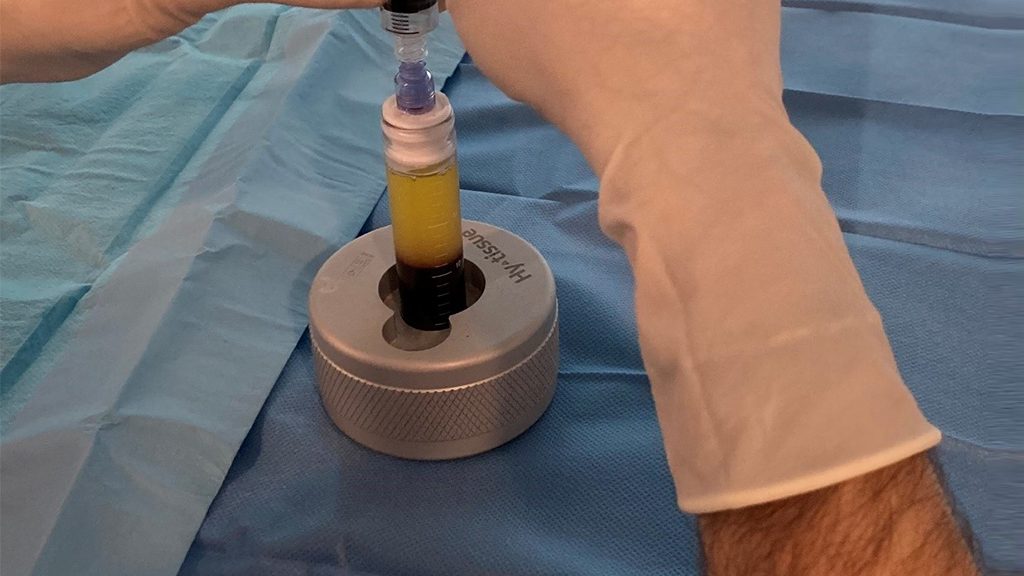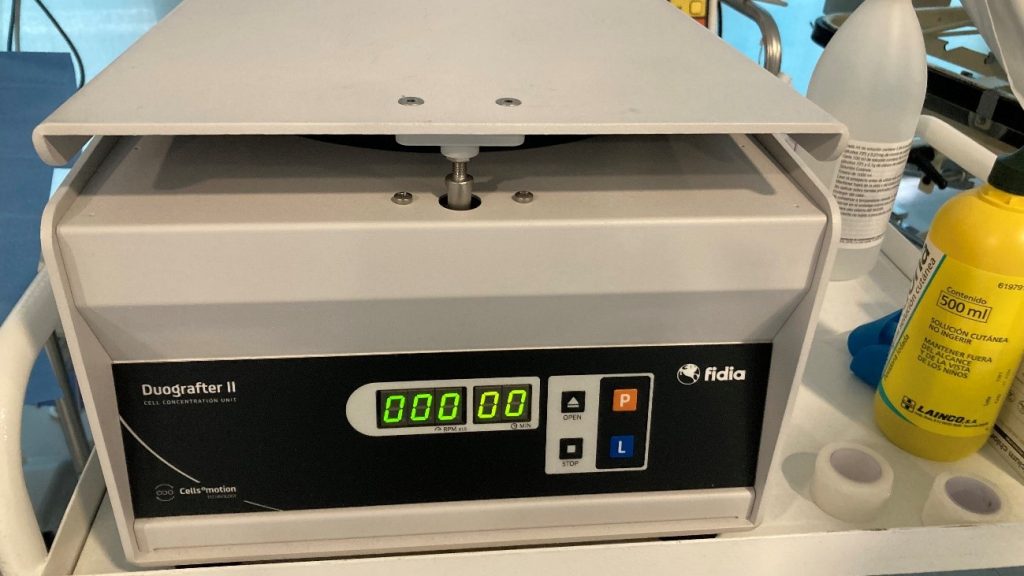Use of Intraovarian Platelet Rich Plasma (PRP)
In Vitro Fertilisation treatments usually begin with the stimulation of the ovaries to obtain the development of several follicles in which the oocytes are found. These are extracted by ovarian puncture and aspiration of the follicles, under ultrasound vision and vaginally.
The oocytes obtained are prepared and sorted in the laboratory. The exact number of oocytes retrieved from the puncture, their maturity and quality cannot be accurately predicted.
What is Intraovarian Platelet Rich Plasma (PRP)?
In some cases, the number of oocytes collected is low, either because the patient has a low ovarian reserve at the outset, or despite precise stimulation and adequate ovarian puncture, the number of oocytes collected is lower than expected.
In these cases of low yield, and according to a large body of recent literature, there is a way to improve the stimulation and collection of more oocytes: intraovarian infusion of Platelet Rich Plasma, PRP.
These platelets are cells present in the bloodstream and are responsible for facilitating proper blood clotting. However, it has also been proven that they have other important properties, as they produce a series of products known as “Platelet Growth Factors”, which are capable of regenerating and activating various tissues in the body.
Thus, the usefulness of this PRP in the activation of ovarian tissue has been tested with the theoretical aim of improving the results with respect to the number of oocytes collected in an IVF procedure.

PRP preparation and infusion procedure:
The PRP sample is prepared relatively quickly and easily. After a blood collection from the patient, the sample is centrifuged and the fraction richest in platelets is extracted in a totally closed and aseptic process.
This plasma can be administered at two specific times: either in the cycle prior to ovarian stimulation or immediately after the first ovarian puncture in a double stimulation cycle.
After obtaining the corresponding PRP from the patient, a needle similar to the IVF ovarian puncture needle is inserted into the thickness of the ovarian tissue, and 2 ml of this PRP is slowly instilled into each ovary
Risks of Intraovarian PRP application:
The potential risks are very low and in any case very similar to those of traditional ovarian puncture for any IVF procedure:
- Risks specific to anaesthesia.
- Peritoneal infection
- Haemorrhage from accidental puncture of blood vessels or the ovary itself
- Puncture of intestinal loop or other structures
- Ovarian torsion
After the procedure, patients should continue with the proposed treatment. As this is a relatively new technique, it can be classified as experimental and therefore time and further publications will clearly determine its exact usefulness.


